Selected Projects
Simulation and Agent Programming for Decentralized Rail System
Developed a simulation and agent-based programming solution for a decentralized rail system using autonomous carriages, with Node.js and D3.js for visualization, and MicroPython for embedded systems.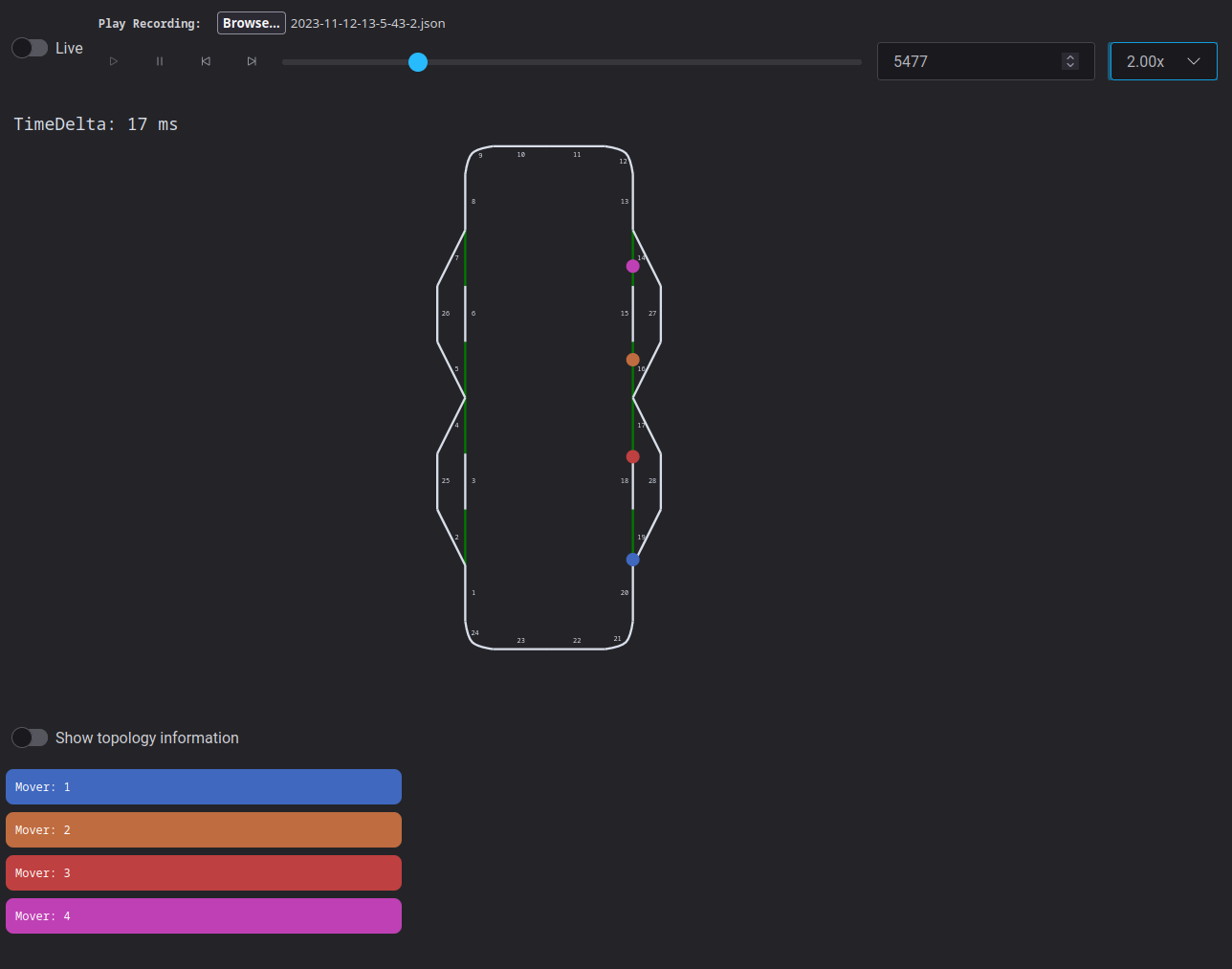
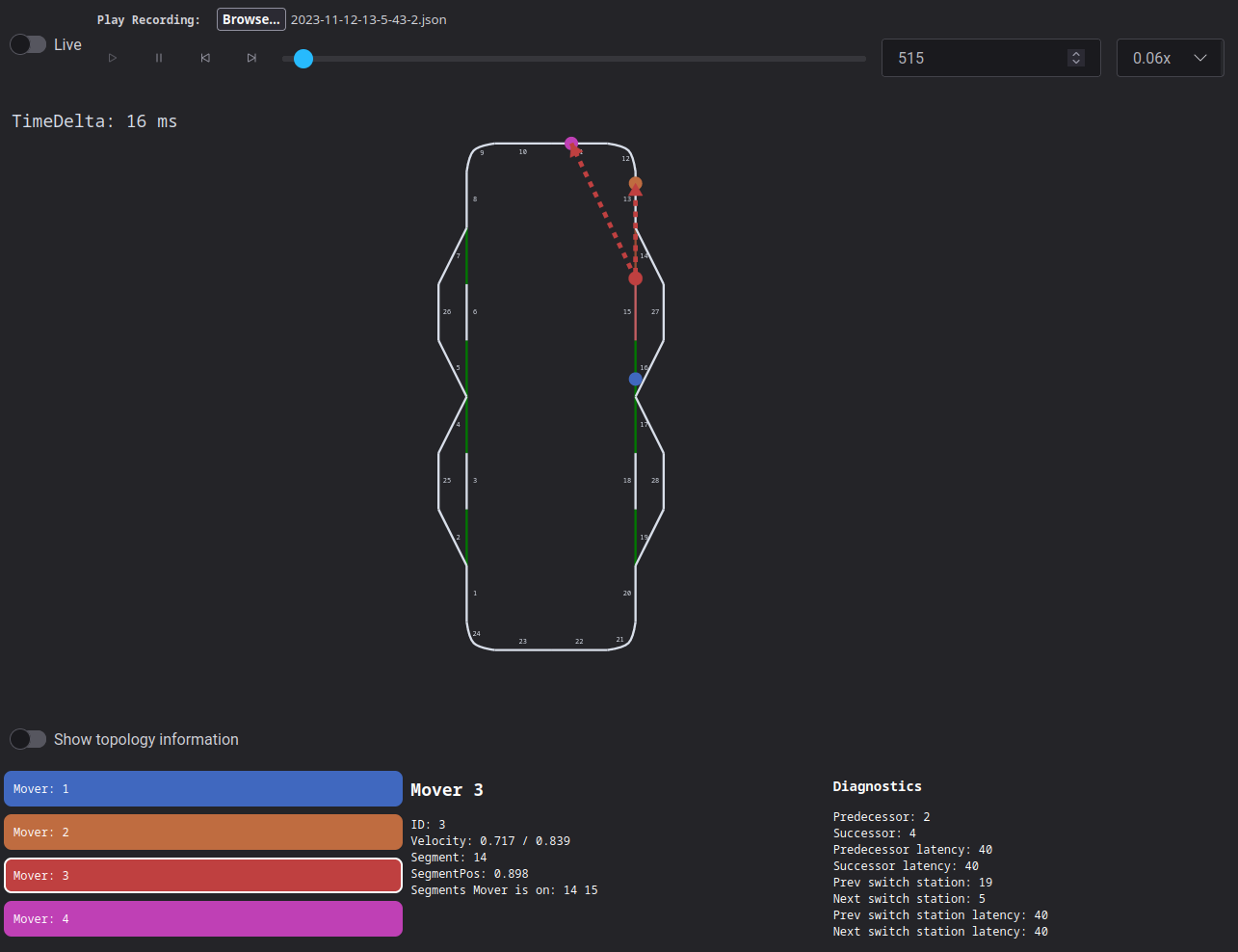
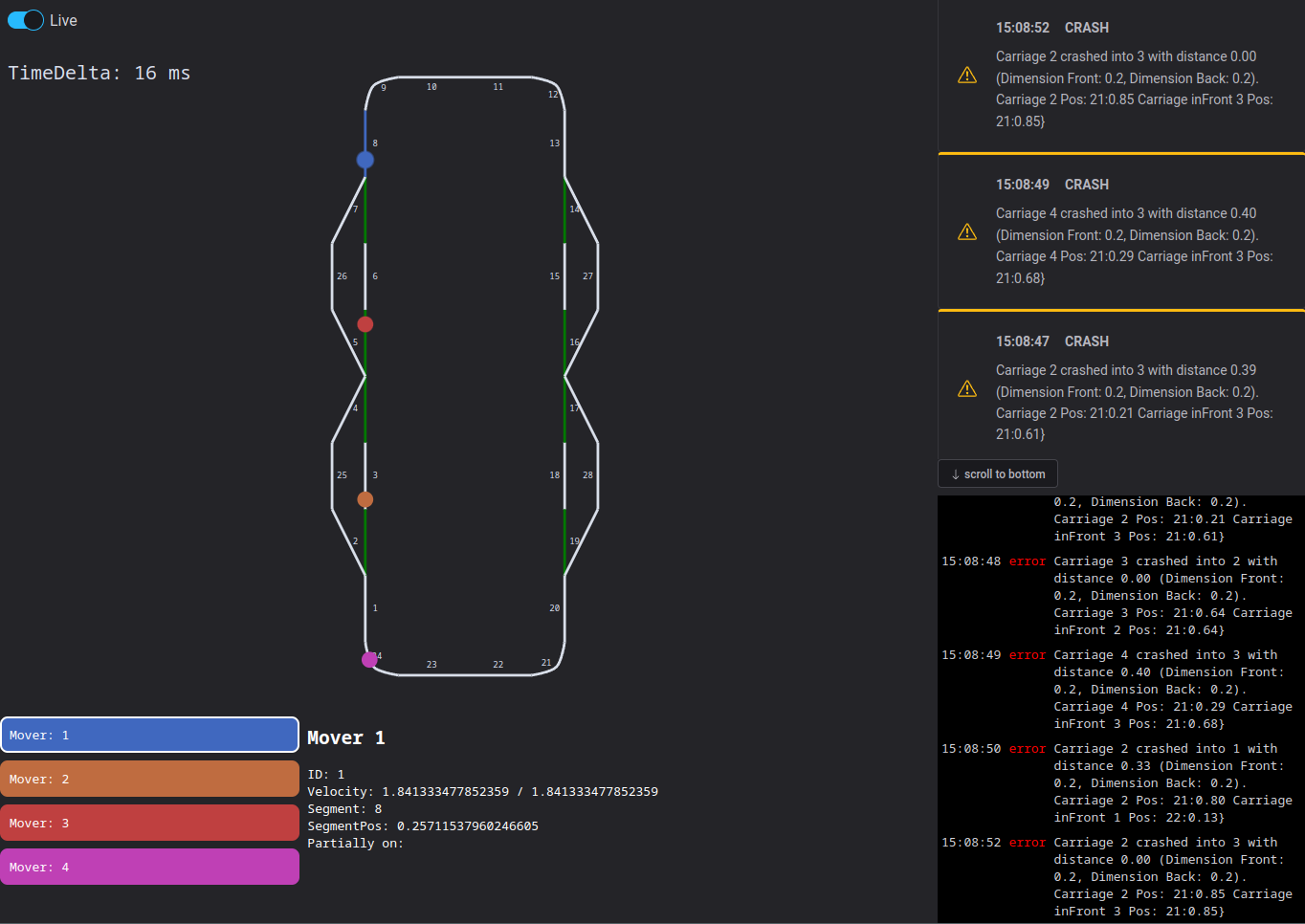
Developed a comprehensive simulation and agent-based programming solution for a decentralized rail system featuring medium-sized autonomous carriages. The simulation environment was built using Node.js for backend logic and D3.js with Web Components for an interactive frontend, enabling real-time visualization and interaction with the rail system. Key technologies included digital twin methodologies for virtual testing and MicroPython for programming the embedded systems that control the physical carriages.
This project addressed challenges such as real-time interaction and collision avoidance by implementing robust communication protocols and optimized algorithms. The result was a scalable and efficient decentralized rail system that improved operational reliability and showcased the feasibility of autonomous rail transport.
Frontend for Large Scale Microscopy Image Annotator
Frontend development for cloud-based large scale microscopy image annotatator and viewer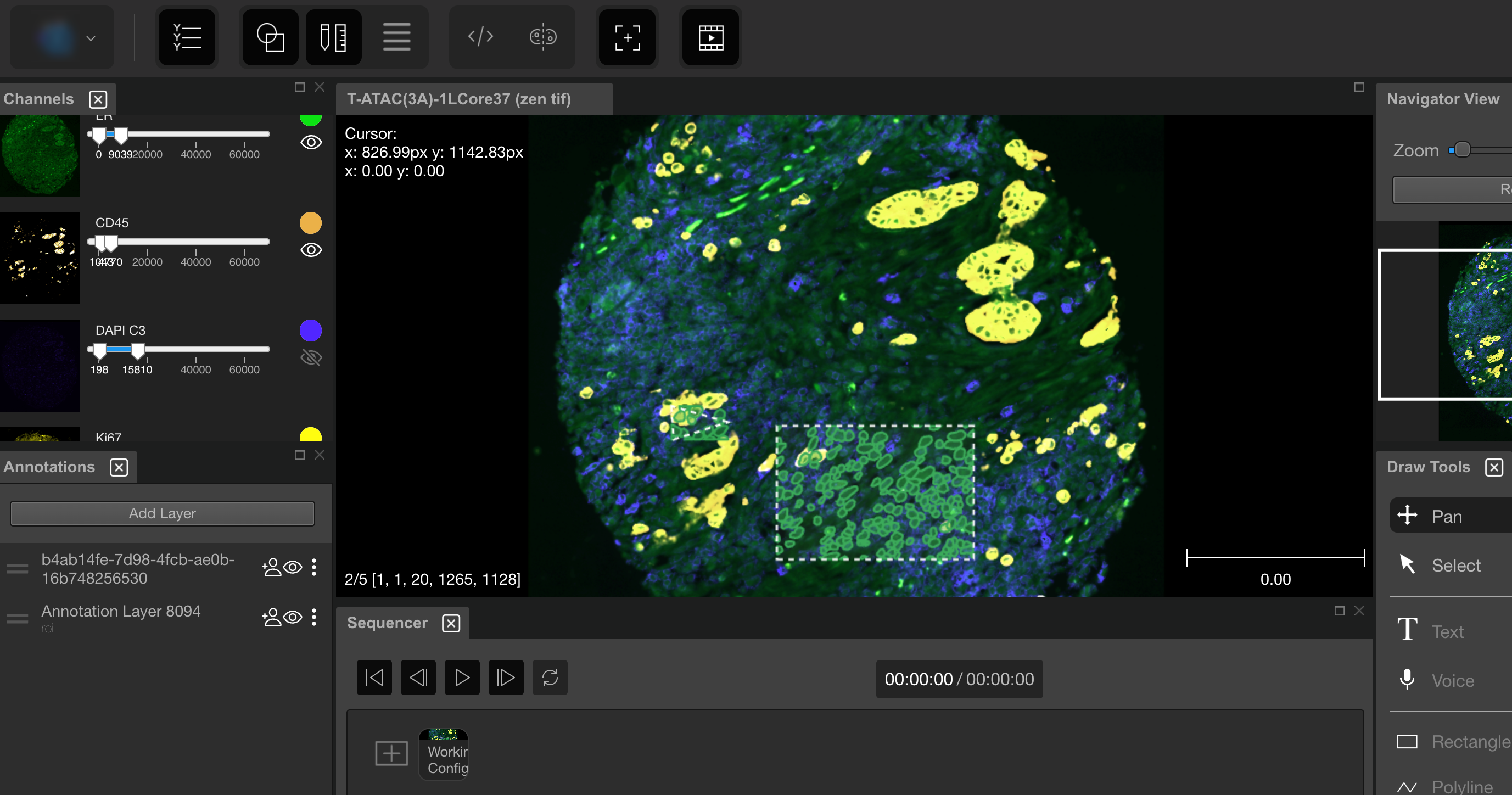
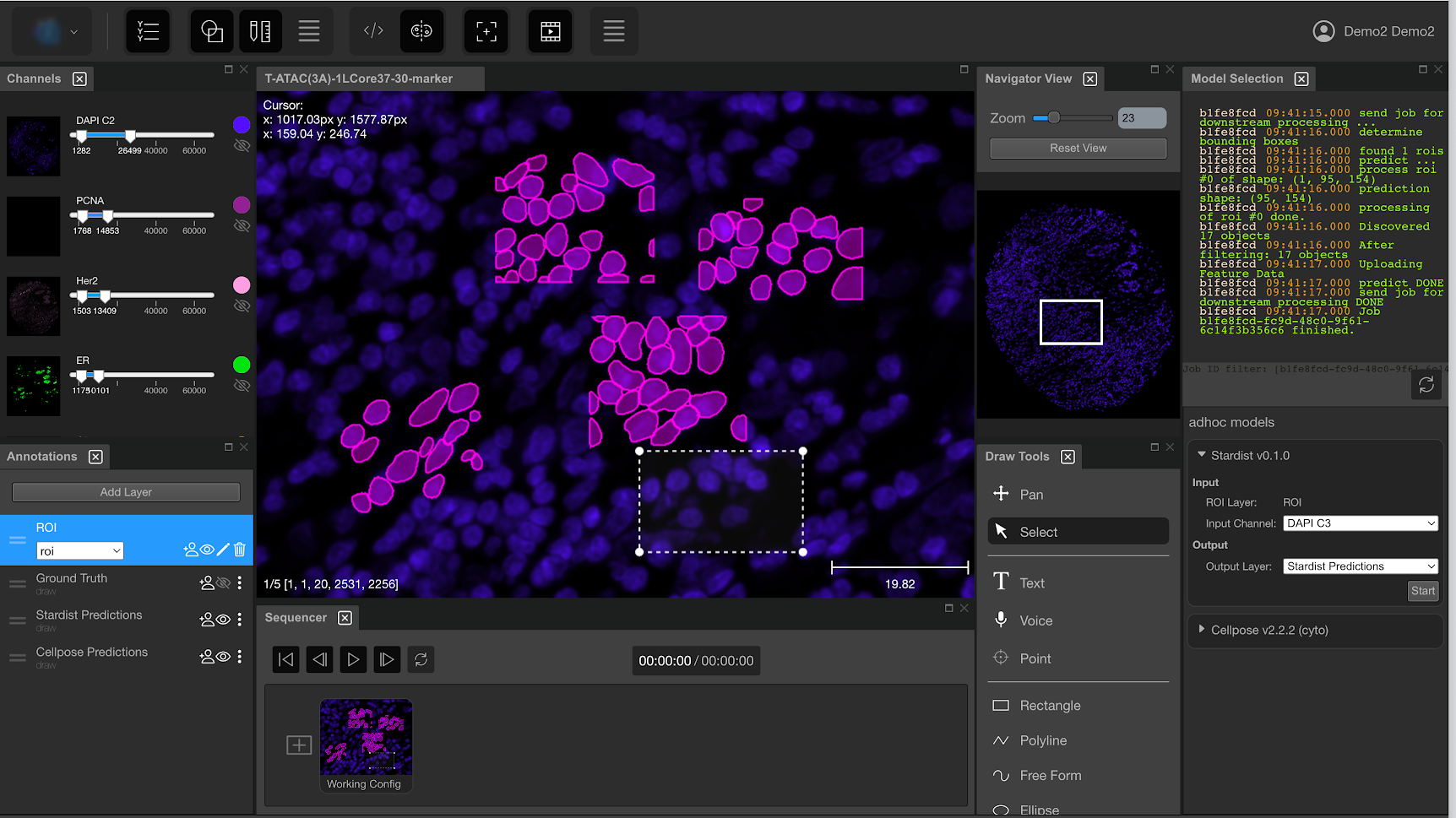
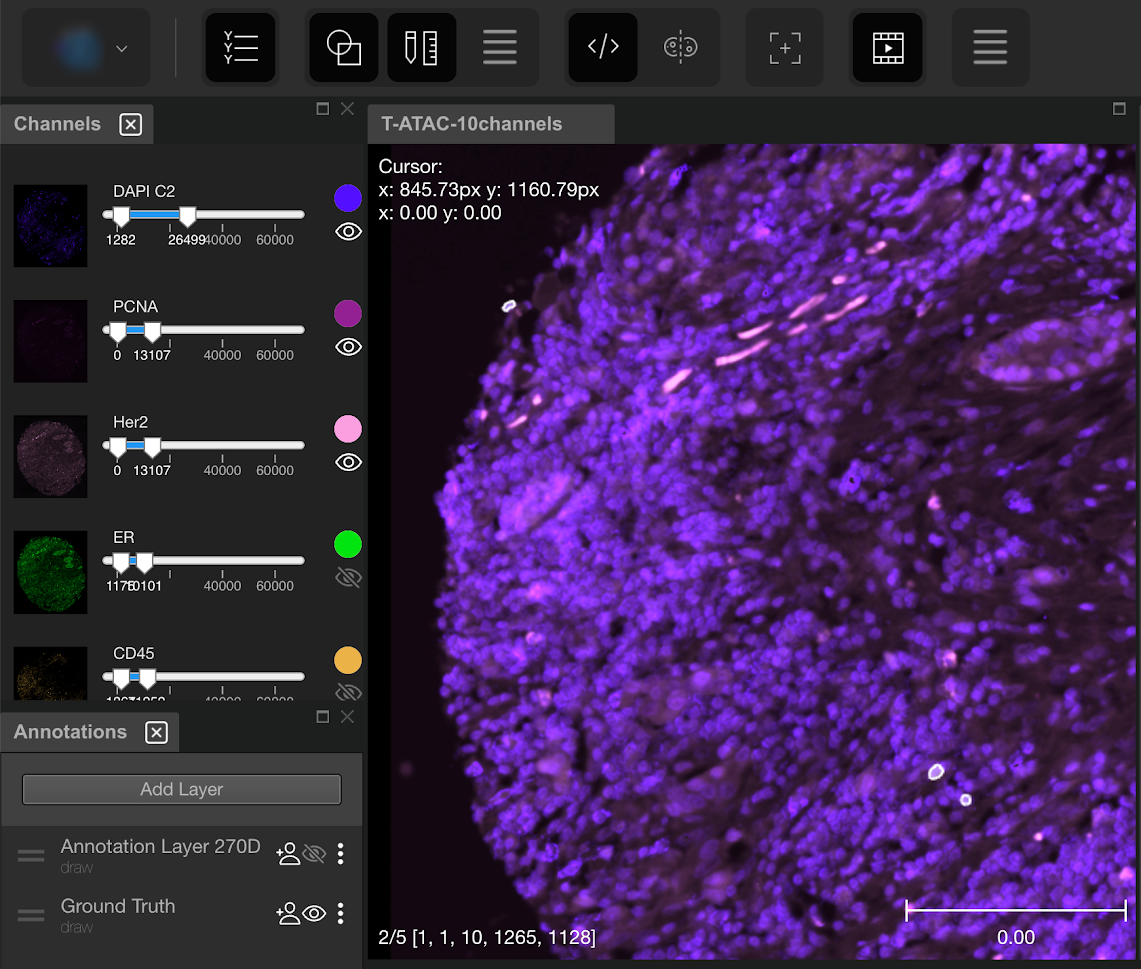
Extensive frontend development of a Web Application that enables users to view and annotate large scale microscopy images. Including development of a viewer that utilizing deck.gl to efficiently display the images, as well as a custom annotation solution that enables the users to make a number of different annotations on the images in a collaborative fashion. The annotations can also be made by algorithms in the cloud that runs a number of cell segmentation models.
Main challenges include working with the very large microscopy images without downloading them completely, and displaying everything efficiently with graphics acceleration.
Cleaning System 3D Web-Configurator
Interactive 3D Web-Configurator for Cleaning Machines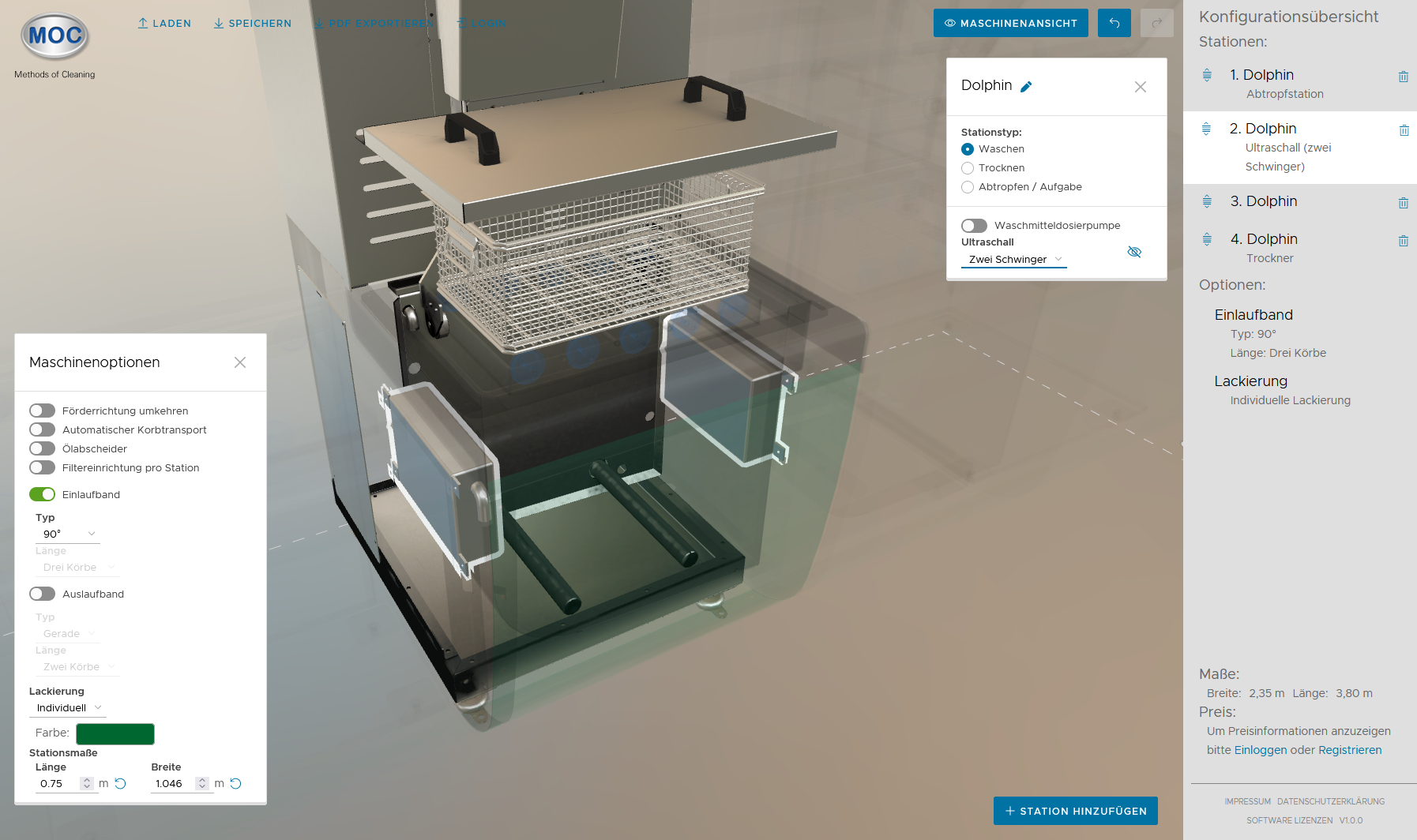
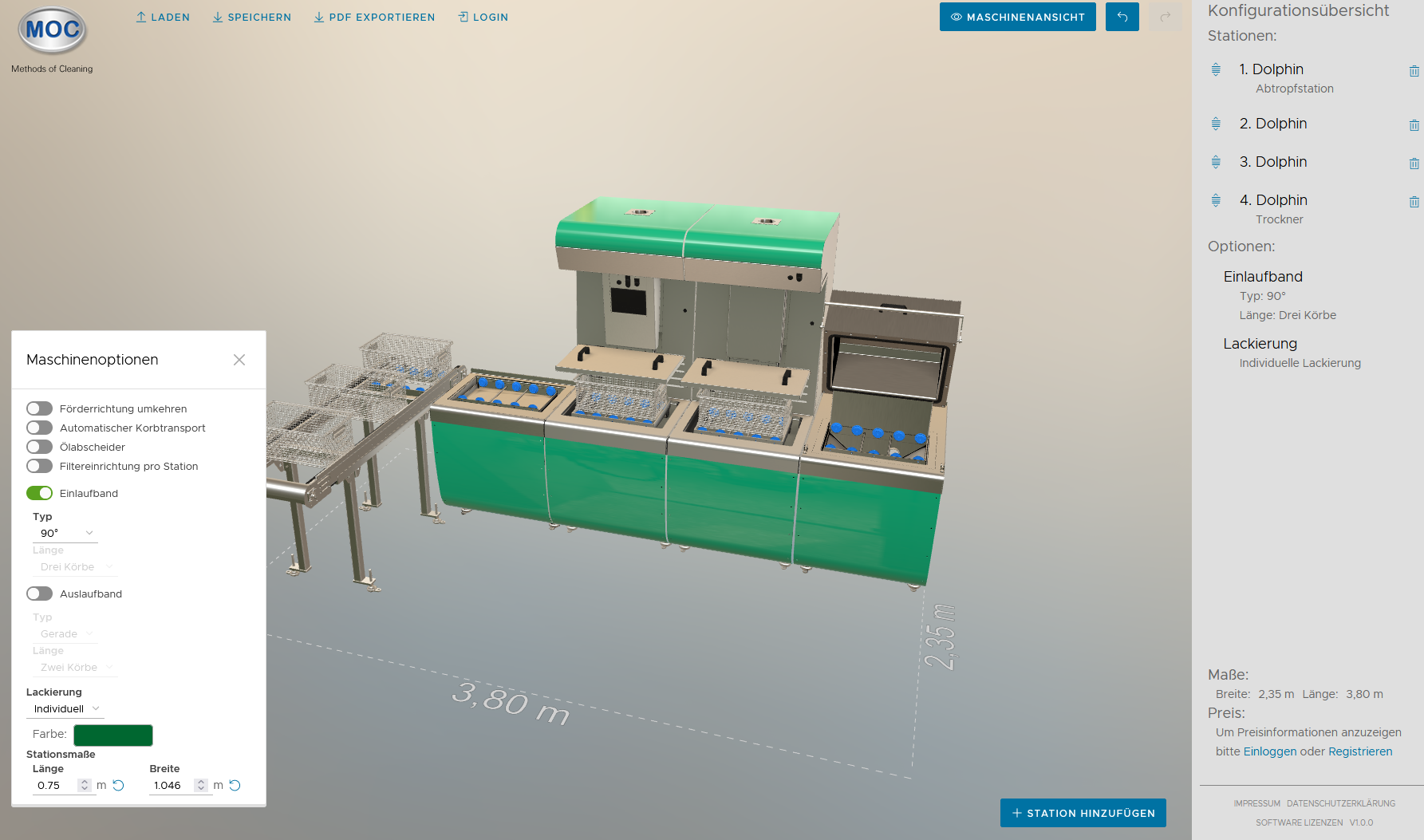
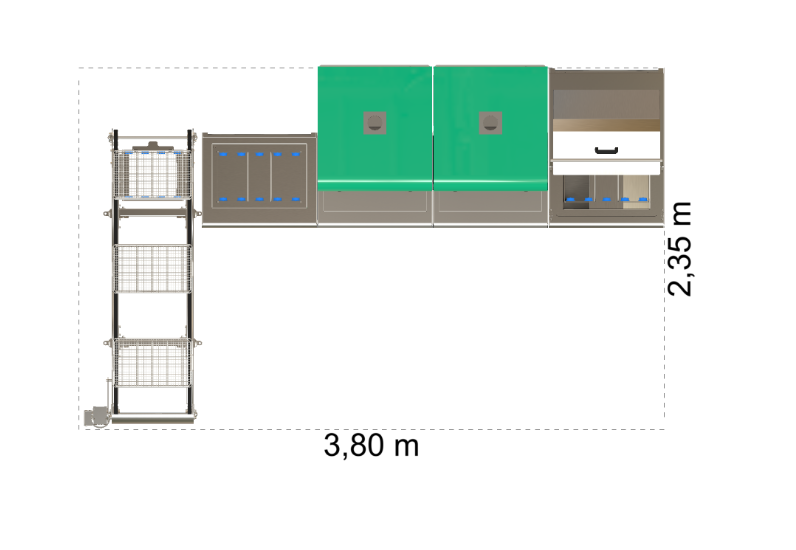
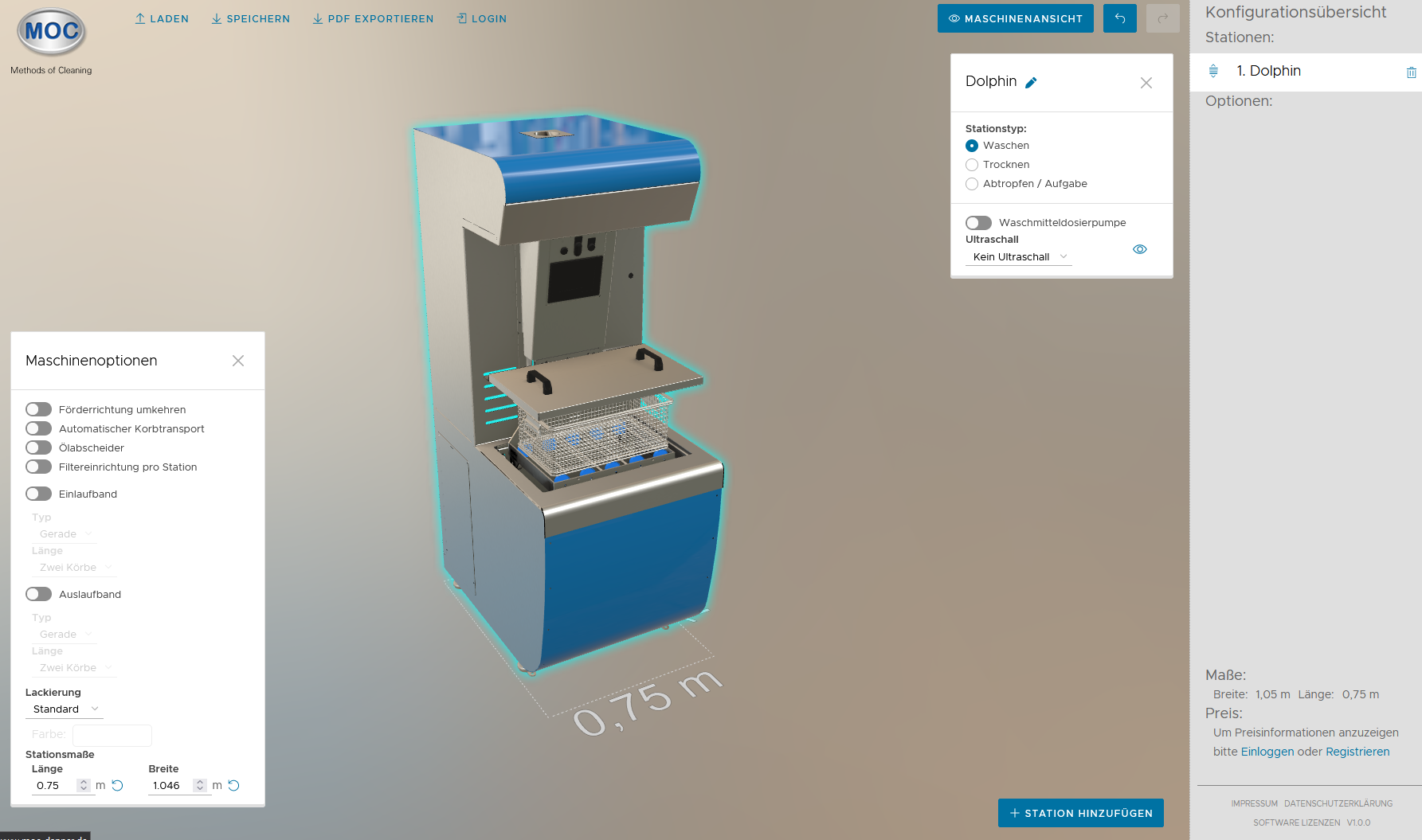
Interactive 3D Web-Configurator for Cleaning Machines, enabling customers to view and configure their cleaning systems and get an idea of the dimensions, looks and prices of such a configuration.
The configurator enables the user to change a multitude of options, interactively view the results in 3D in the browser, export a PDF showing configuration details as well as loading and saving the configuration to or from a local source. The configurator is built using modern web technologies such as Angular and WebGL. For the 3D-Engine BabylonJS was used, the materials use physically based rendering (PBR).
Development and Management of Prepackaged Qi Integration
link: https://gitlab.com/claiv/prepackaged-qi-integration Development and management of a prepackaged Qi integration for cell segmentationDevelopment, Management and Documentation of project for using Open Source Source cell segmentation algorithms within existing microscopy applications.
PLCMorphish Web Application
link: https://plcmorphish.atina.de Designing and managing the development of PLCMorphish, a web application for translating PLC code
Management and frontend development for PLCMorphish Web Application, a web application for translating PLC code. The application is built using Django and Lit, a web component library.
The application extends existing Pythong Code and enables users to upload PLC code, translate it to another PLC language and download the translated code.
Claivolution Website
link: http://claivolution.de Remade and redesigned Claivolution's Website using AstroJS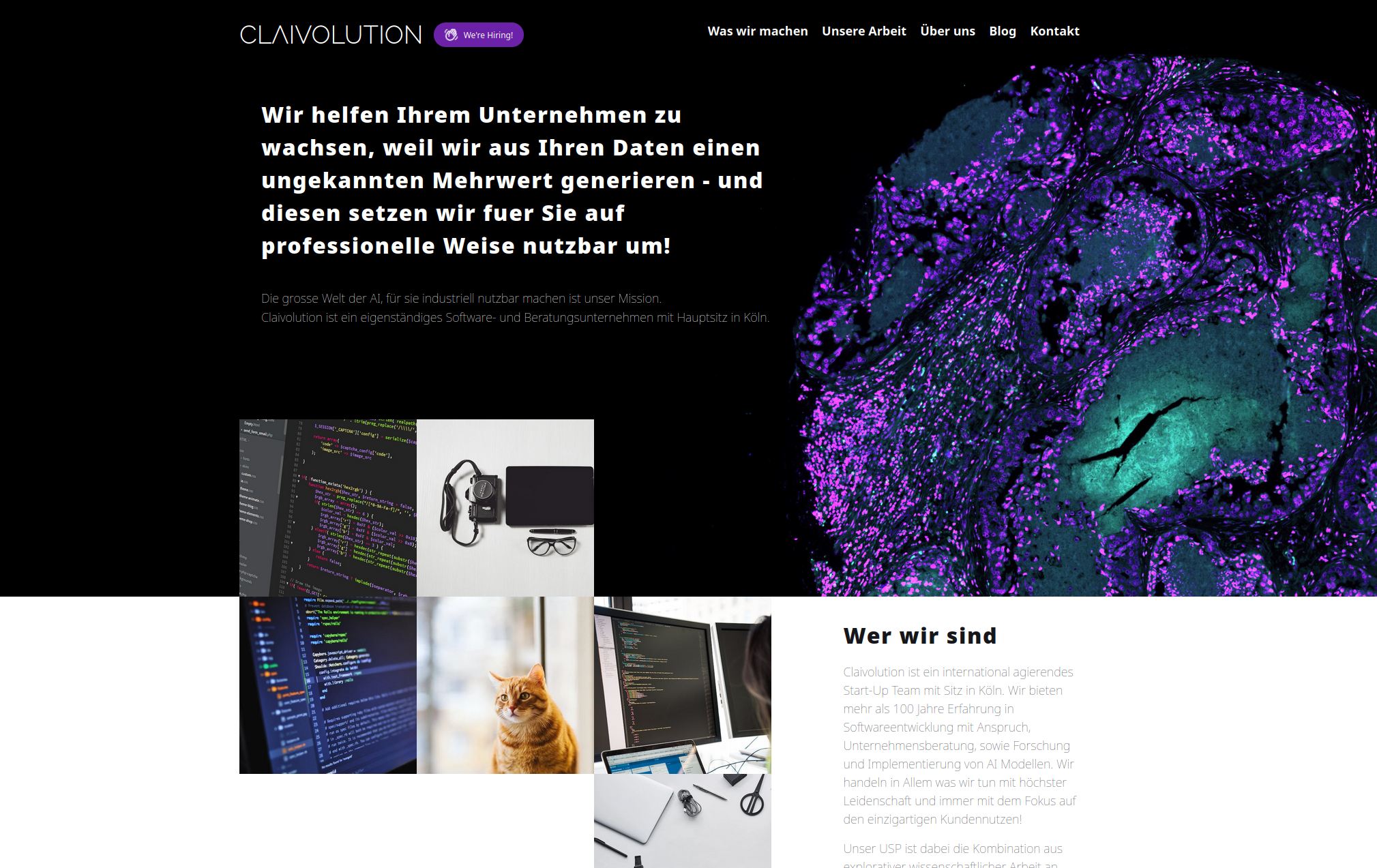
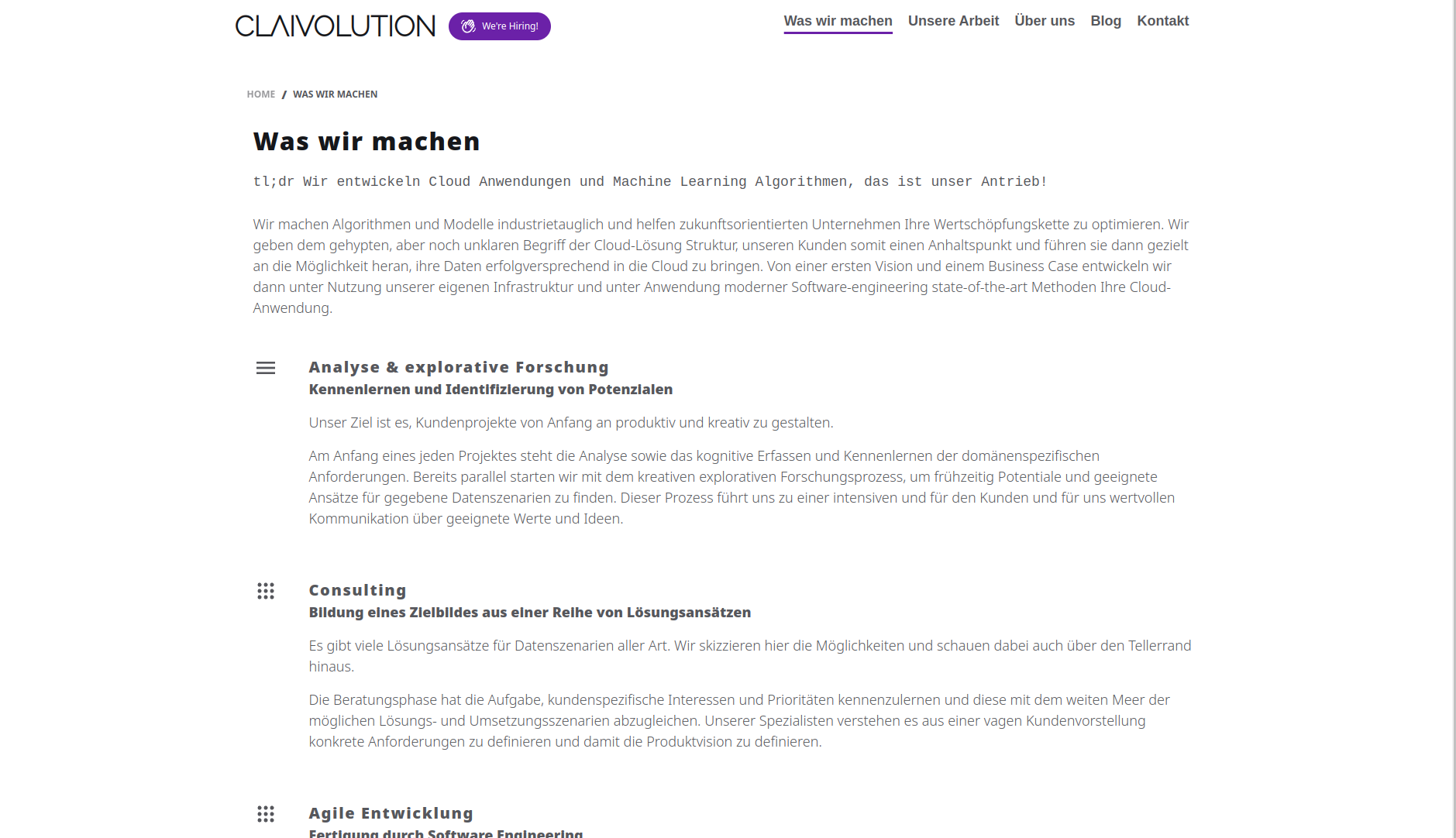
Complete remake and redesign of Claivolution’s website including custom layouts, components, a blog, and a project overview. The website also contains an internal, restricted area used for documentation, for this tooling has been implemented that, in the CI/CD pipeline, automatically pulls other repositories, copies documentation and documentation assets and generates a route map for the internal navigation menu and search function.
Master's Thesis
link: https://github.com/yannick-t/probabilistic_forecasting_of_energy_time_series_using_deep_learning Probabilistic Forecasting of Energy Time Series Using Deep Learning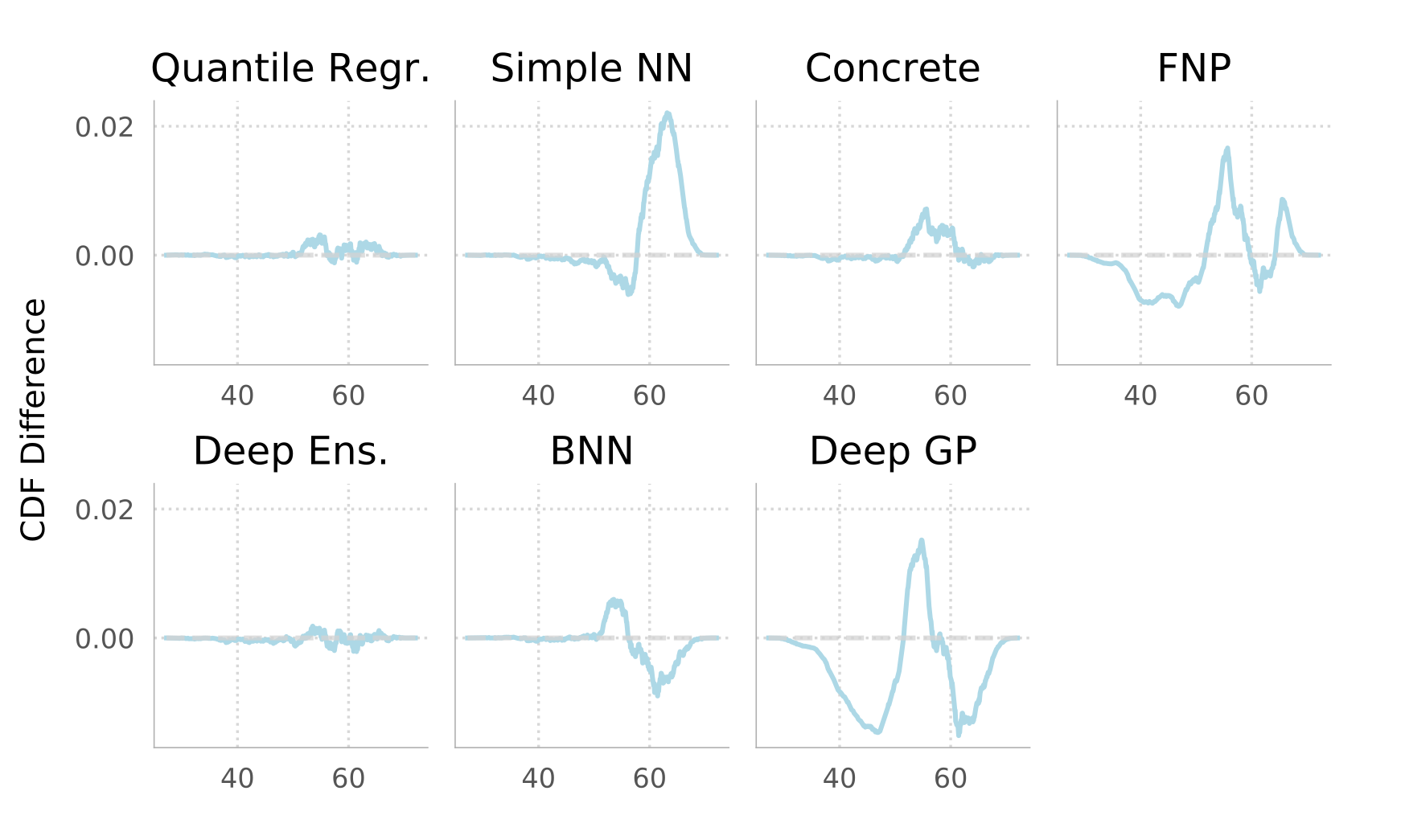
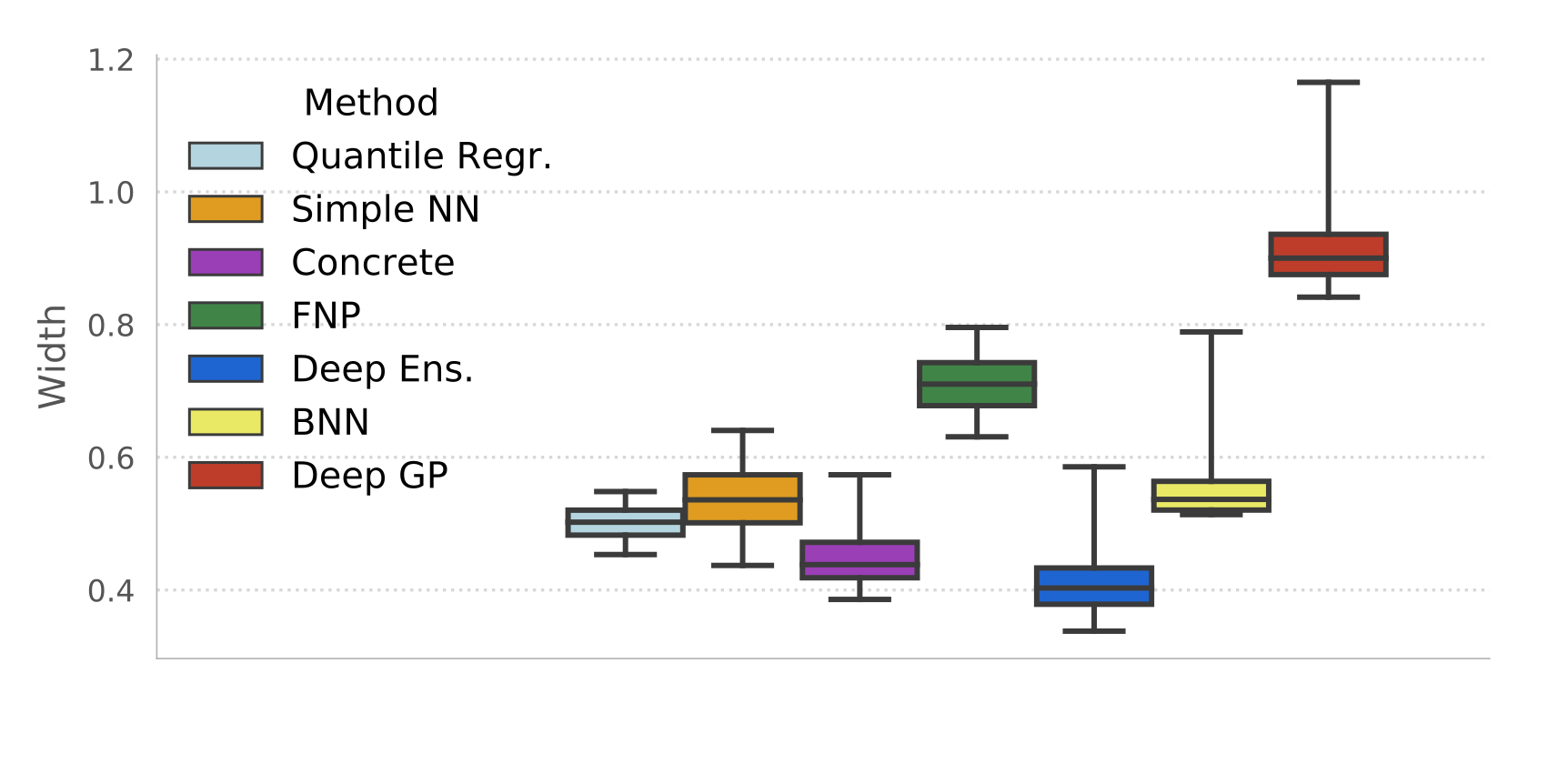

Deep Learning methods are widely successful and continue to be applied in new fields, one of them being forecasting of energy time series. However, they lack an indication of their confidence in predictions, which helps evaluate, interpret, and improve forecasters.
Therefore, this thesis explores probabilistic extensions to Deep Learning and their application in forecasting of energy time series. The methods tested are Concrete Dropout, Deep Ensembles, Bayesian Neural Networks, Deep Gaussian Processes, and Functional Neural Processes.
For evaluation, two load forecasting scenarios are considered: Short-Term (single-step) and day-ahead (multi-step) forecasting. The methods are evaluated in terms of calibration, sharpness, and how well they indicate a lack of knowledge (Epistemic Uncertainty). As reference a simple Neural Network and a Quantile Regression model are used.
Overall, the methods perform well, with Concrete Dropout, Deep Ensembles, and Bayesian Neural Networks performing similarly well or better to the reference methods. Functional Neural Processes and Deep Gaussian Processes perform worse, likely due to a lack of convergence and sub-optimal parameters. Deep Ensembles in particular prove to be simple to implement and train and to use very few hyper-parameters. Concrete Dropout and Bayesian Neural Networks show similar advantages but need additional configuration for good Epistemic Uncertainty estimates. Furthermore, Concrete Dropout and Deep Ensembles are comparatively fast in training and predictions.
Bachelor's Thesis
link: https://github.com/yannick-t/lighter-app-grass Efficient Tiled Front-to-Back Rendering of Grass Blades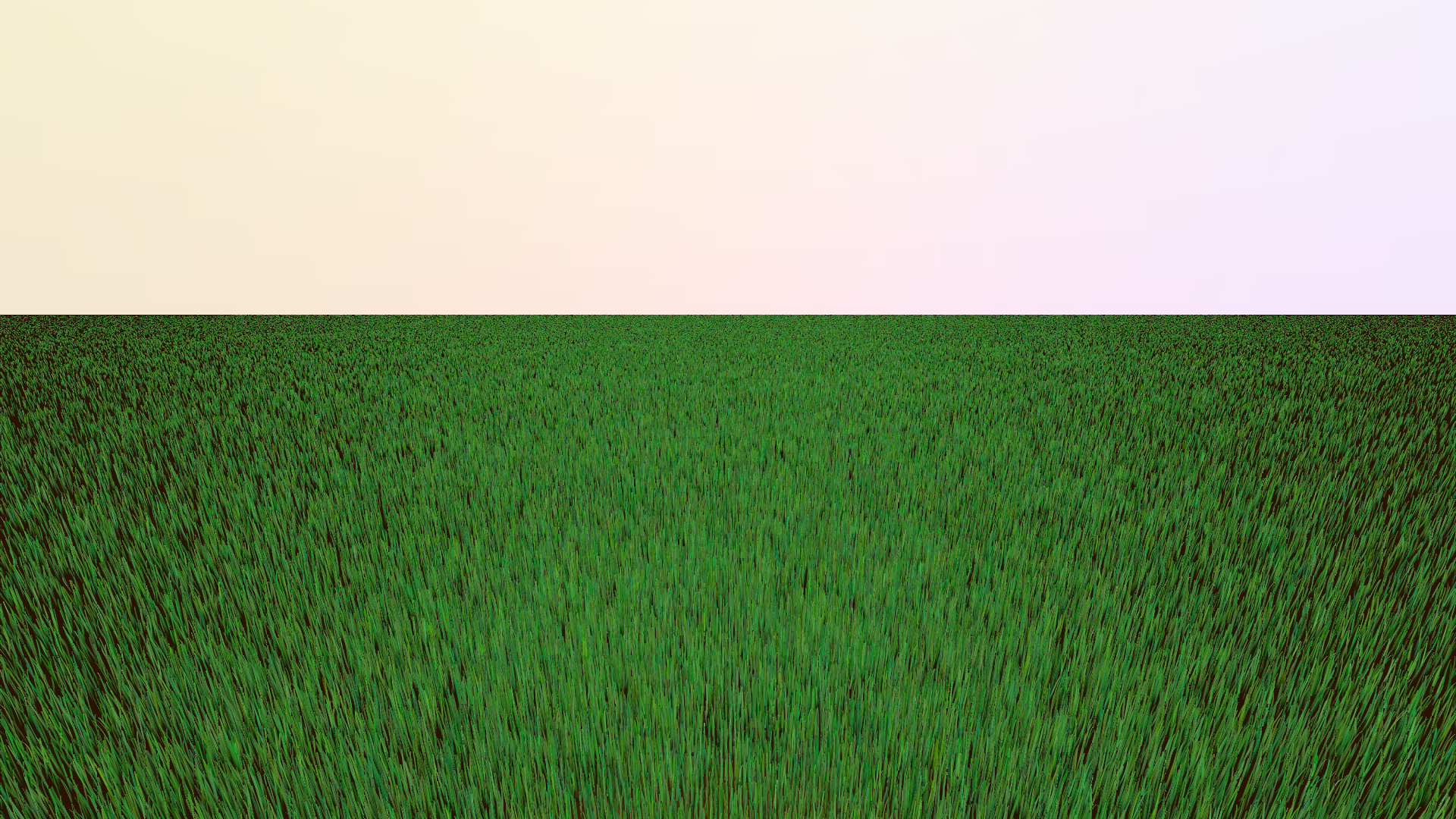
This thesis describes the implementation of a new method of rendering grass in real time. The approach uses a compute shader to draw every single grass blade in parallel by separating the screen into tiles, each of them worked on by a work group of 32 threads. The grass blades in each tile are rendered front to back to avoid using depth tests for obstruction and be able to only draw visible parts of grass blades.The developed program produces a good approximation for medium to far distance grass at a reasonable speed. The implementation can’t compete with image-based methods but with further optimizations may prove valid as an alternative to geometry-based grass for medium to far distances.